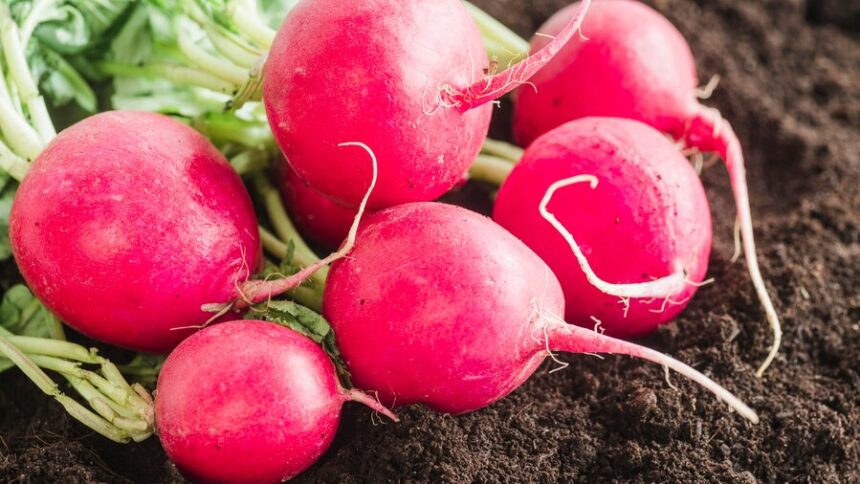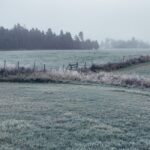White rust, also known as white blister, is a fungal disease that commonly affects turnips and other brassica crops. It is caused by the pathogen Albugo candida. Here are the symptoms of white rust that you should look out for in turnips:
- White Pustules: The most noticeable symptom of white rust is the formation of white, raised pustules or blisters on the leaves, stems, and sometimes on the petioles and flower stalks of turnip plants. These pustules may appear powdery and can range in size from tiny spots to larger irregular-shaped patches.
- Leaf Deformation: As the disease progresses, the infected leaves may become distorted or curled around the pustules. This distortion can affect the overall growth and appearance of the turnip plant.
- Yellowing and Wilting: Infected leaves may also turn yellow or brown and eventually wilt. The pustules can cause damage to the plant tissues, disrupting their normal functions and leading to the decline of the affected leaves.
- Stunted Growth: Severe infections of white rust can stunt the growth of turnip plants. The overall plant development may be compromised, resulting in reduced yield and smaller-sized turnips.
- Spore Dispersal: Under favorable conditions, the white pustules may release powdery spores, which can be carried by wind or water to infect neighboring plants. This can lead to the spread of the disease within a field or garden.
If you observe these symptoms on your turnip plants, it is important to take appropriate measures to manage the disease. Consult with local agricultural authorities or plant pathology experts for specific guidance on effective control methods in your region.
Join 'Farmers Mag' WhatsApp Channel
Get the latest Farming news and tips delivered straight to your WhatsApp
CLICK HERE TO JOIN






